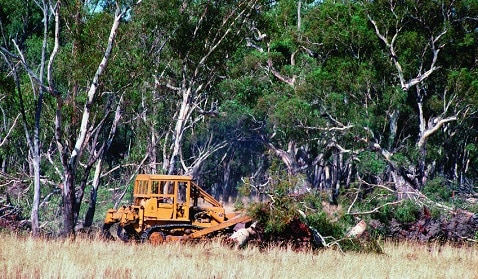Climate change, habitat loss, invasive species, and mining continue to threaten at-risk species and ecosystems, the latest State of the Environment report says.
Released last week by Federal Environment Minister Tanya Plibersek, the State of the Environment Report 2021 paints a sombre picture of the overall outlook for the Australian environment.
Among other things, the report finds that:
- more mammal species have become extinct in Australia than any other continent and Australia continues to have one of the highest rates of species decline among OECD countries;
- at least 19 Australian ecosystems have been reported as showing signs of collapse or near collapse;
- 7 million hectares of habitat for terrestrial threatened species was cleared or substantially degraded between 2000 and 2017;
- Australia has the third highest amount of soil organic carbon loss in the world; and
- mass coral bleaching in the Great Barrier Reef in 2016 and 2017, followed by a further bleaching event in 2020 has resulted in widespread coral losses.
Report Authors Dr Ian Cresswell, Dr Terri Janke and Professor Emma L. Johnston said that immediate global action to reduce carbon emissions would reduce pressures and improve trajectories for most aspects of the Australian environment.
They estimate that the total government spending on targeted threatened species spending in 2018-19 was around $122 million.
“But that is only about 15 percent of what is needed to avoid extinctions and recover threatened species (which is estimated at $1.69 billion dollars per year), the report said.
Resourcing and coordination issues in the areas of coastal management and heritage protections were also raised in the report.
“The need for better integration of, and effective adaptation to, climate change in coastal management is widely recognised, but implementation requires a much greater level of collaboration between Australian, state and territory, and local governments.”
“Coastal management in Australia lacks national coordination and integration, largely because of complex governance structures and blocking mechanisms.”
The report goes on to highlight “the inadequate number of expert staff in many heritage and protected areas agencies at all levels of government”.
“Australia faces a declining skills base in areas of heritage management, as well as in trades and crafts required for heritage construction, repair and restoration methods, materials and tools. Lack of relevant expertise and skills is a particular issue for small to medium local government bodies with limited resources,” it says.



